|
This week I'm going to deviate from the usual reading and math strategies that I usually post about. This year we've been really working on growth mindset. As part of their growth mindset work we've worked really hard on owning our behavior. It's so hard for any behavior to change or grow when the behavior isn't acknowledged! To help my students take charge of their own behavior we are using 2 important strategies! The first is a Chill Zone. Some younger grade teachers might call this a time out spot, but I've found that naming it something more grown up works better for upper elementary. A chill zone works slightly different than time out. I usually give students a warning (my warnings are very specfic and I give the reason why). "Cam'ron please stop humming while I am speaking. It is considered rude by many people, and it makes it hard for me to think and speak at the same time". I think it's vital to do this part for students when we want them to grow from a correction. How will they know to change something if they don't understand what to change? How does a time out help a student grow? In the Chill Zone I ask the students to think about their behavior and reflect on it using a behavior sheet! It helps them take ownership because they aren't just getting a time-out and stewing while sitting there. They actually need to reflect and think about the reason an adult corrected their behavior. Now, I'm not going to lie, often times they are not happy about taking a chill, and some do forget or not realize why they are there. So, sometimes we need to have a conversation about the initial redirection I gave them. Or, they need to realize that no matter how much they whine or argue about having a chill they will need to fill it out before joining the group again. The newest addition to our classroom is a Peace Corner (for lack of a better name I'm using the Montessori name for it, but I'm totally open to name ideas). I'm so excited about this! This is the chance for students to really take control of their own behavior! Students place themselves in the peace corner, for 2 minutes, if they feel like they need a break. On the first day we spend a lot of time around situations that would require a break (being upset, feeling depressed, feeling out of control), and how they would give themselves this time-out. We also talk about what you do in the peace corner. They can read books (I have a pile of books geared towards behavior), draw, write, play with a stress toy, or even shred paper if they are really angry or upset!
Unfortunately we have a young lady that tragically lost her little brother earlier this year and she has spent a lot of time in the peace corner shredding paper. Interested in starting a peace corner in your classroom? Click HERE or on the pictures to download the posters placed in our peace corner. The Chill Zone pictures and behavior sheets can be found at my Teachers Pay Teachers store, or by clicking HERE.
2 Comments
I know many of you may already be back, but I wanted to share some fun and simple getting to know you activities that I have been getting ready to use with my students. I use these in my small groups, but they would work great for whole class too! In reading groups we always complete a reading survey! It's so important to see what their habits and attitudes towards reading are! It can also give you some great clues into their personalities! I had one student last year answer everything with soccer and let me tell you EVERYTHING in his life did revolve around soccer! Click on the picture if you are interested in In math we start groups with Numbers That Make Up ME! It's a super fun way for the students to interact with numbers and tell me a little bit about themselves. In each box they tell a fact about themselves that relates to a number (and they can draw a picture or add some details to the fact). I've written a number 3 on mine because I have 3 children and a 1 because we have 1 dog at our house! It can take them a minute or two to start thinking about the numbers in their lives, but once they do they really enjoy looking at their life through numbers. Click on the picture if you are interested in finding out numbers about your students! Since I see a lot of the same students in groups I try and change up some of the activities I do with them. As a general get to know you activities we've also completed the pieces of me sheet and the facebook post on the cell phone (that one is a BIG hit with upper elmentary students!!!). If you are interested in any of these get to know you activities click HERE for Reading Inventory, Cell Phone Get to Know You, The Numbers That Make-up Me!, Pieces of Me) or on the pictures to get them for free.
We worked on a super fun project at the end of last year and I just want to take a few minutes to tell you about it. The students in my reading groups had so much fun they even took it home (I think that is saying a lot when you look at the population of students I work with!). Comic book or Graphic Novel Summary Books! The idea behind comic book/graphic novel summaries is pretty simple. The students get to read a chapter book and then turn it into a graphic novel (which are all the rage at my school with our 4th and 5th grade students!). It's super engaging, yet acts like a book report! Here how we make them! First the students read a chapter book. We used assigned books for our first time, but after that the groups got to choose a book (just like in a traditional book club). At the end of each chapter the students stop and jot a summary of the chapter. We use a graphic organizer to keep track of those summaries. We also use a strategy called Who? What Happened? to help with summaries. Take a look at this blog post if you need a summary writing strategy. After they have written all of their chapter summaries (completed reading the book), they then pick out graphic novel pages (making sure to have enough boxes for each chapter, or more if they want to add things in), and write one summary per box. They also include pictures to go along with the summary. It is a quick and easy way to complete a project about the chapter books we are reading! We've used this project a few times in class and I've learned a few things.....
I also created a rubric for quick and easy grading. In my intervention groups we don't do actual grades, so I just use Outstanding, Satisfactory, or Needs Improvement. But, you can customize the rubric to meet your needs! This project is super fun and my students love completing it! Win-Win! Interested in trying this project with your students? Check out my Teachers Pay Teachers page!
Need help teaching summarizing? It's that thing that we expect all upper elementary students to do, but what if they can't? As an intervention teacher I primarily work with students that struggle, and boy do they struggle with a summary. They either write the entire thing down (sometimes trying to copy word for word), or they start listing random facts and I'm like WHAT?? Did we just read the same thing? When students first start groups with me we begin working on two things. Their working memory, and summarizing. To be honest, I can't take full credit for this summarizing tip. Last year I had a group of students really struggling with remembering anything we read. They could get 100% on a running record, but not be able to tell me the main characters name. So, I turned to the reading guru herself Jan Richardson and emailed her a question. Well, amazing lady that she is, she emailed me back this great idea that I turned into a strategy we always use! It helps both comprehension and summarizing! It's called Who? What Happened? We begin with very small sections, a page or a paragraph, depending on what they are reading and what their reading level is. At the end of every section the students stop and think (or say to a partner) Who was on the page and what just happened on the page. To introduce any strategy in our groups we use the gradual release strategy. First I model the strategy, then we work on the strategy together and then gradually the students use the strategy on their own. This is an amazingly simple, yet effective, strategy to help students not only increase their working memory, but also work on the foundations to comprehension.
If you are interested in using this strategy with your students and want the quick and easy anchor chart just click on the picture above or click HERE to download it. Our students struggle at comprehending informational text. Is is SO hard for them to remember details, and especially, to remember details in any sort of order. We love to use the One-Word Retell strategy. It helps them build up their memory and retell the story at the same time! First, I place sticky notes throughout the book. Each heading or section gets one. In each section the students use one sentence to describe who (or what) was on the page and what happened in that section. They then pick one word to remember the sentence. The section we were reading here is all about how germs start. So, we use start as our clue. After they finish reading the story all of the sticky notes are placed onto our One Word Retell sheet. There are numbers on the page to help the students keep them in order! After placing all of the sticky notes onto the sheet we use them to write a summary. They are basically writing the sentences they thought up, but only using the words to trigger their memory.
As we use the strategy more and more they are able to gradually not use the sticky notes and can just retell the nonfiction story. They use the key words, but inside their brain! We love using sticky notes (our students do too!) and it's a great way to gradually build up their memory. If you would like to try this strategy out too you can get the One-Word Retell strategy here for free! |
MEET JENI'm a mom, wife, and teacher that loves to read, hang out with my family, and learn. I love to use our blog to share ideas with others and to help keep me learning!
Categories
All
Archives
December 2021
|

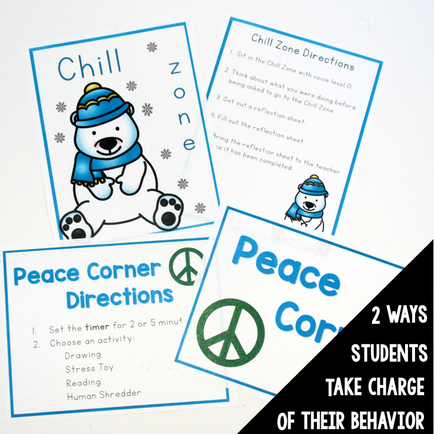
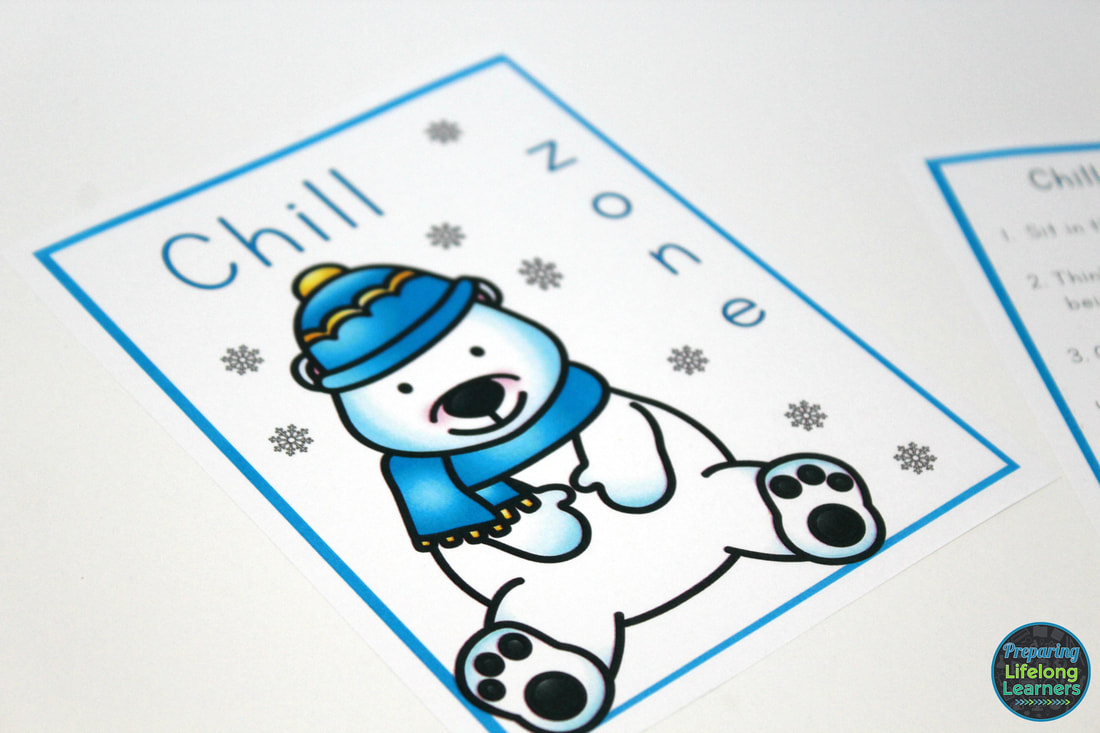
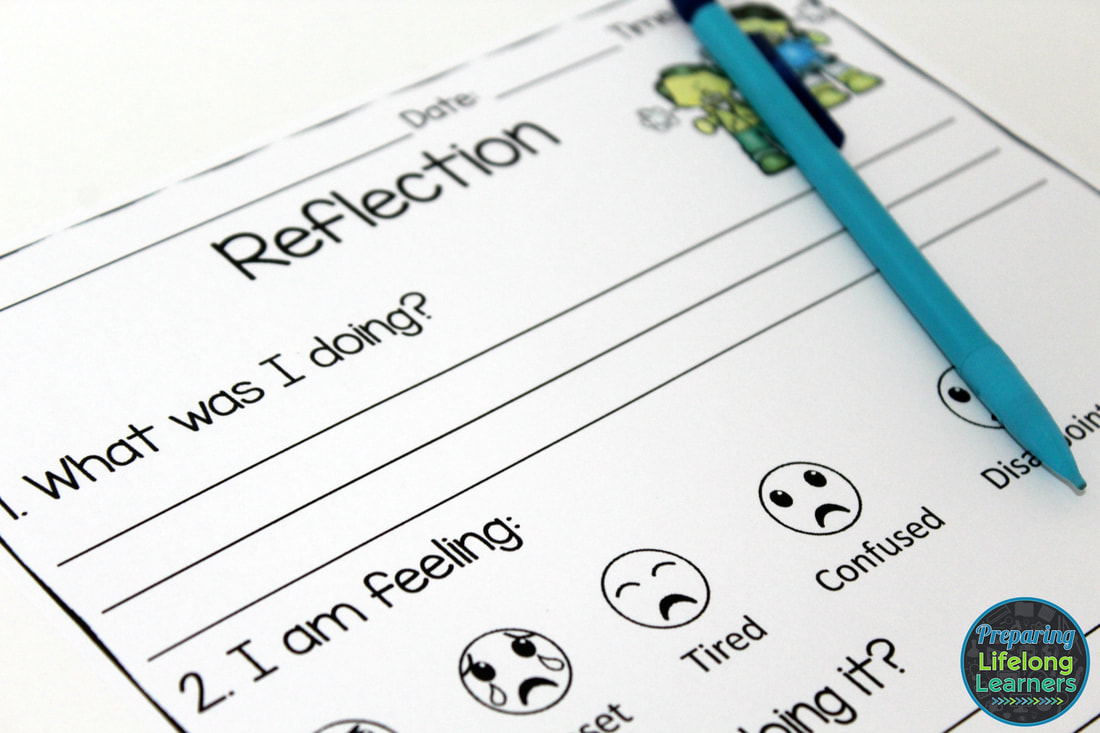
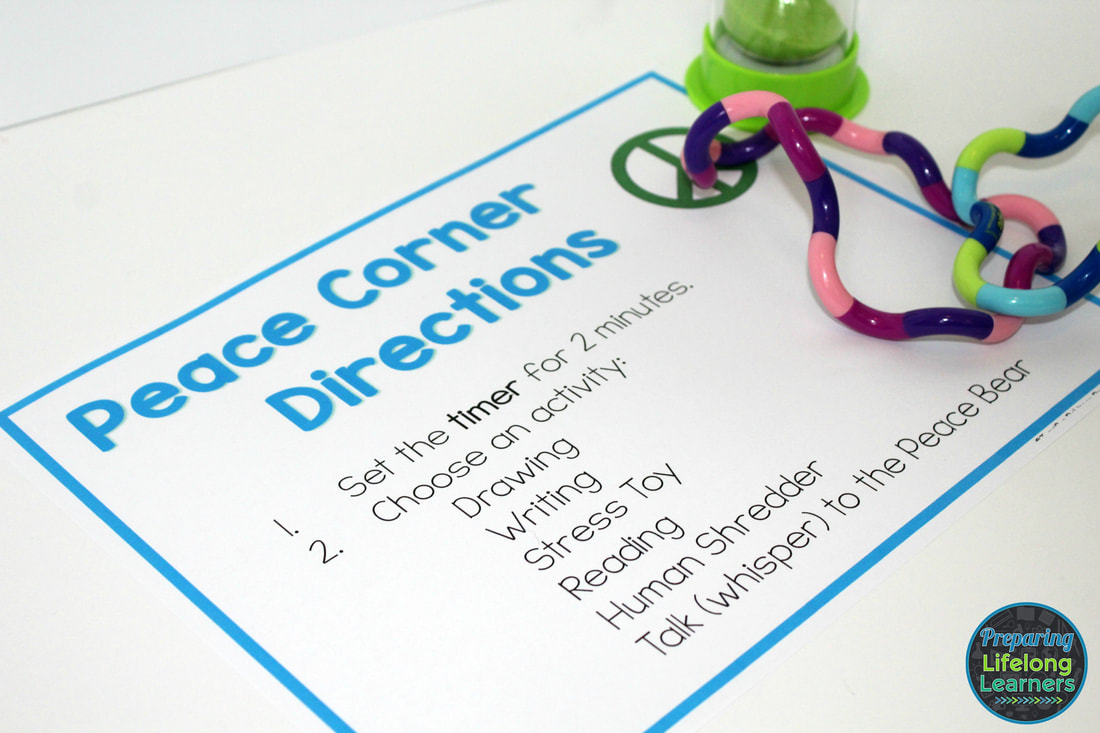
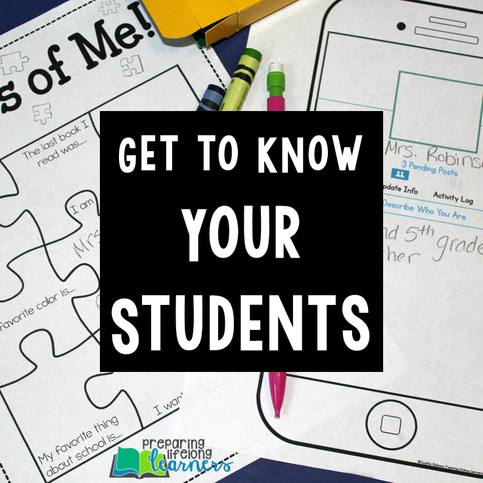
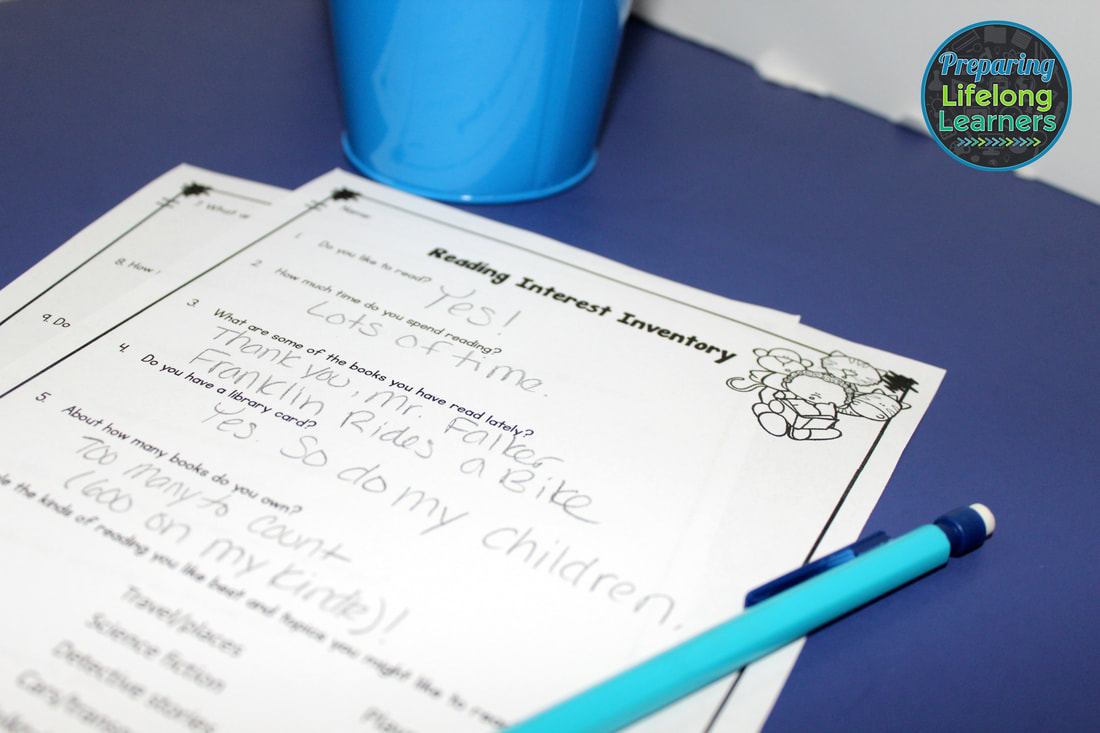
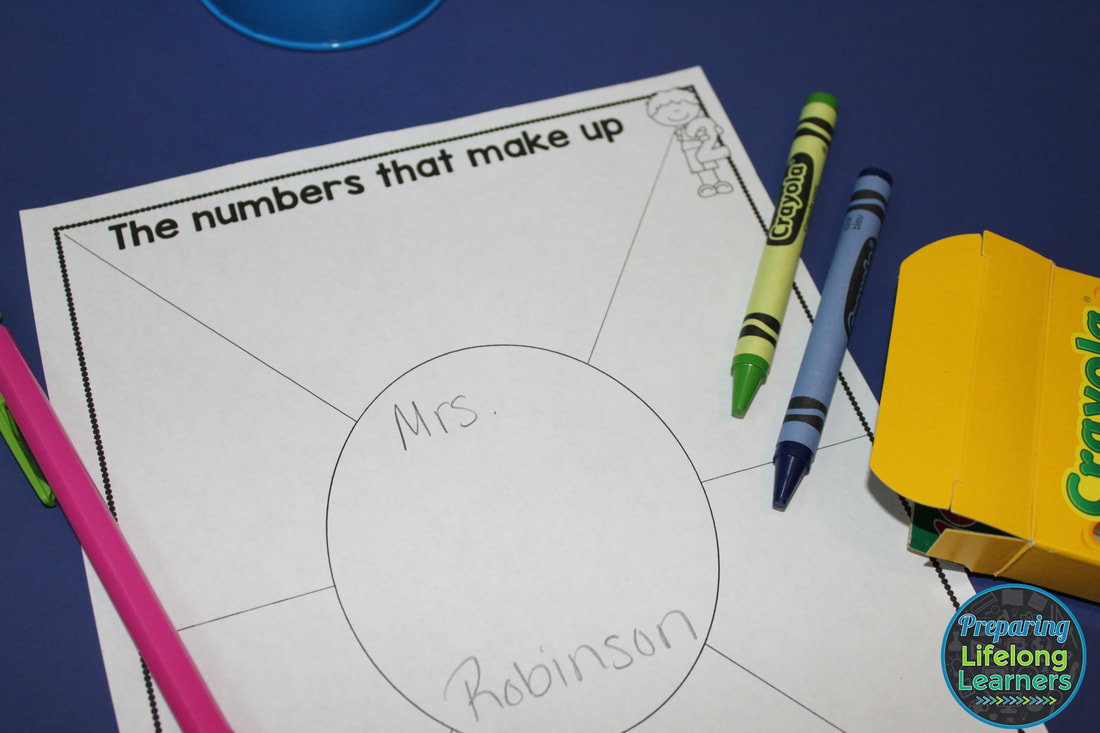
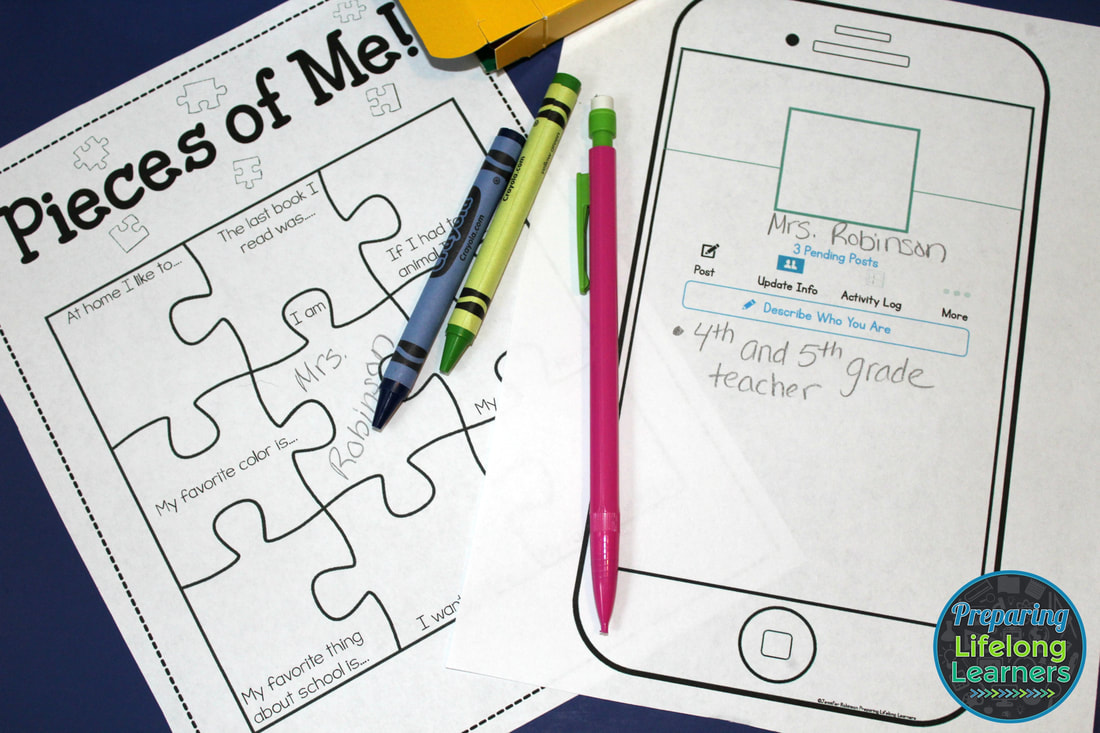

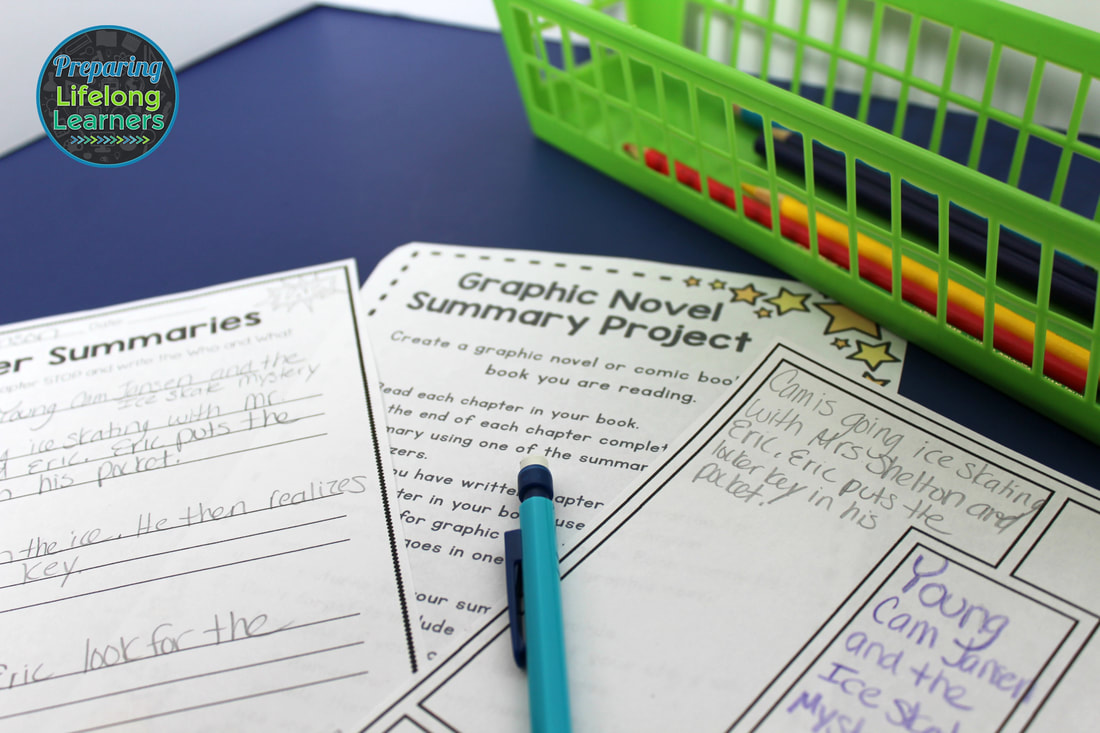
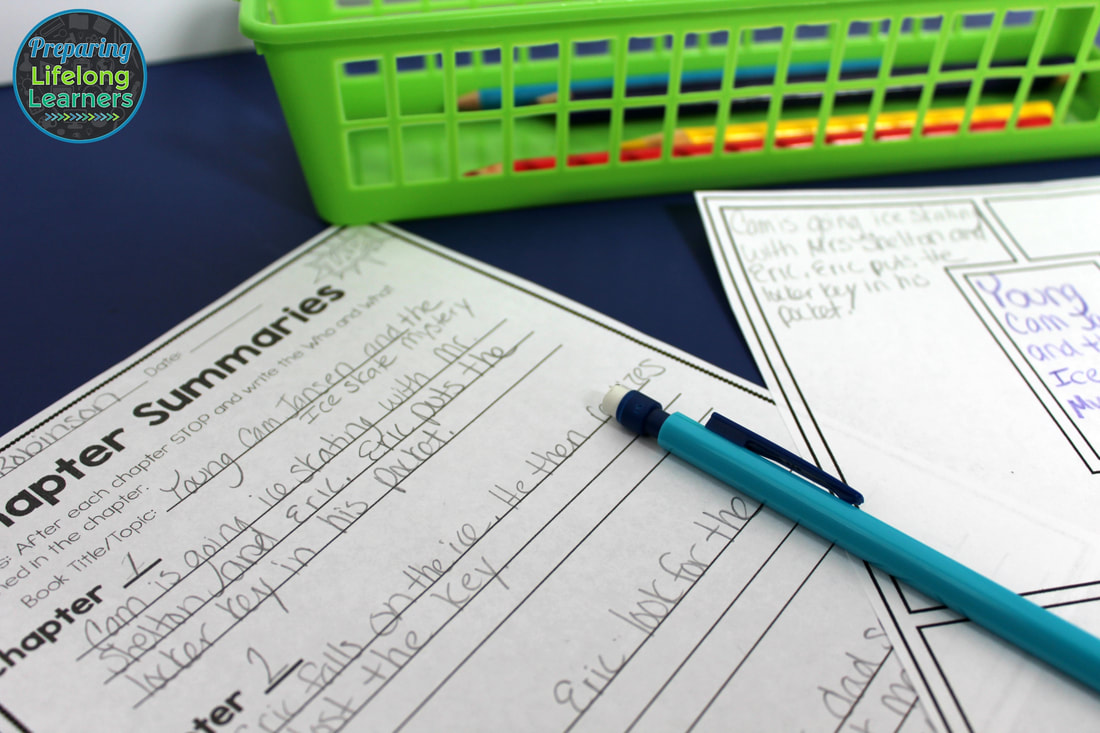
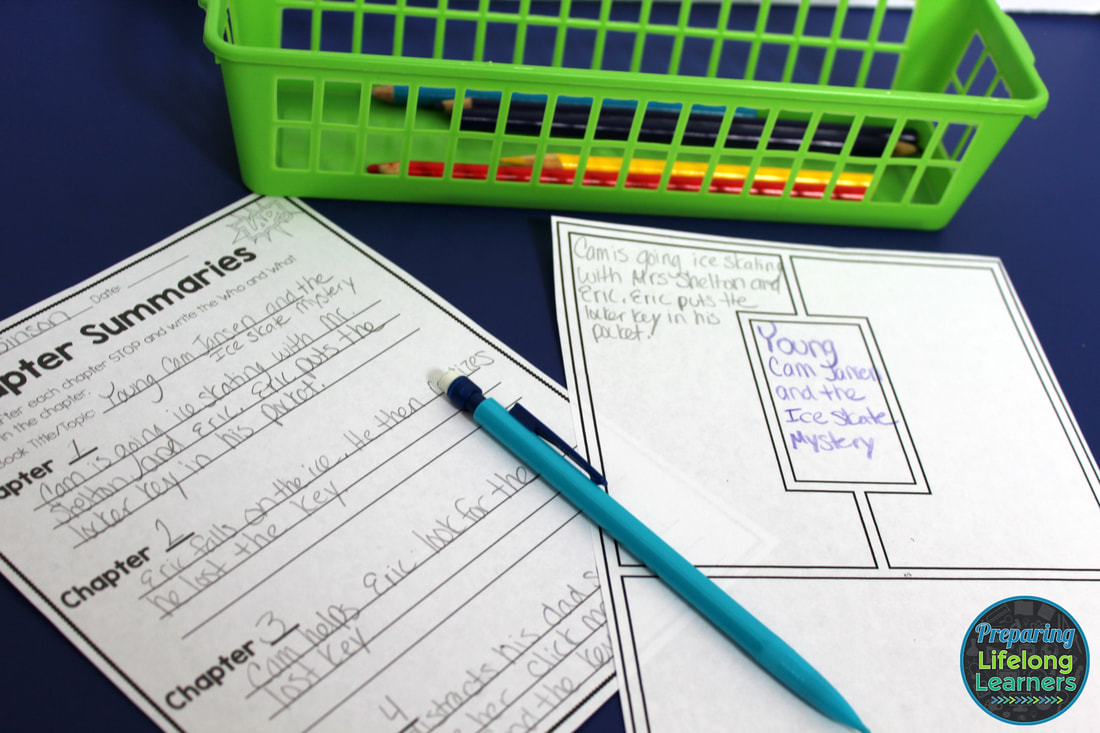
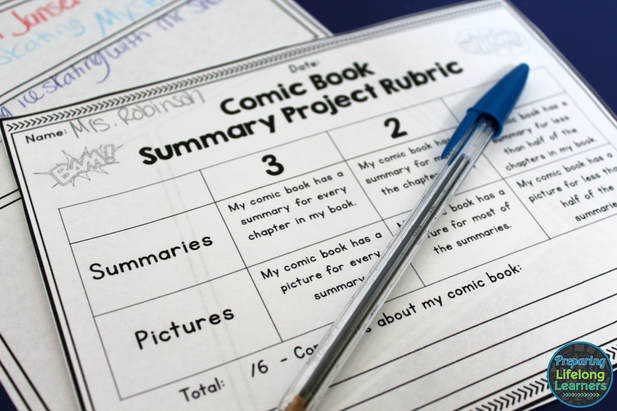
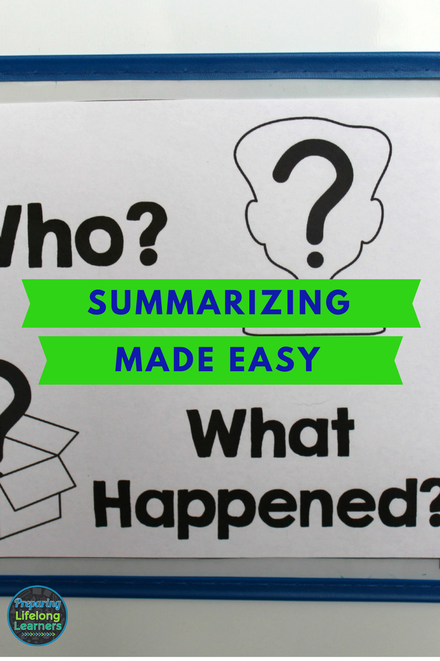
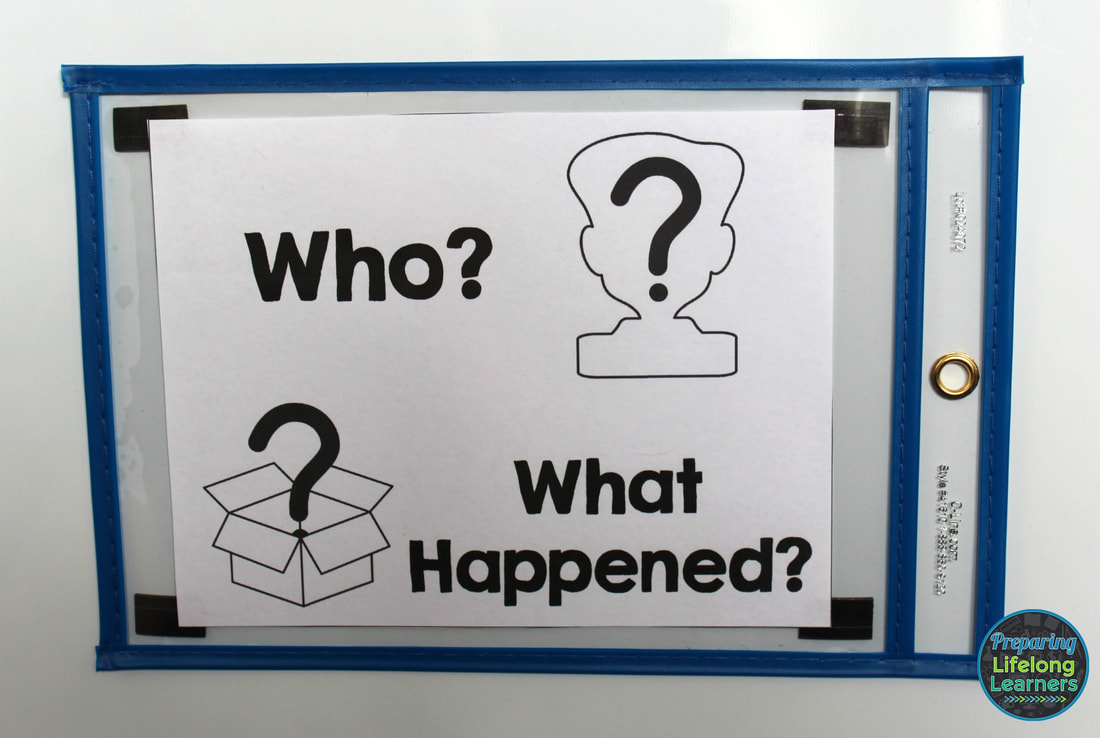
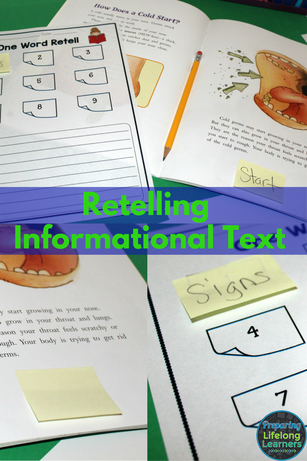
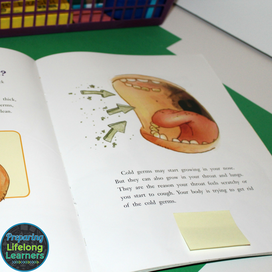




 RSS Feed
RSS Feed